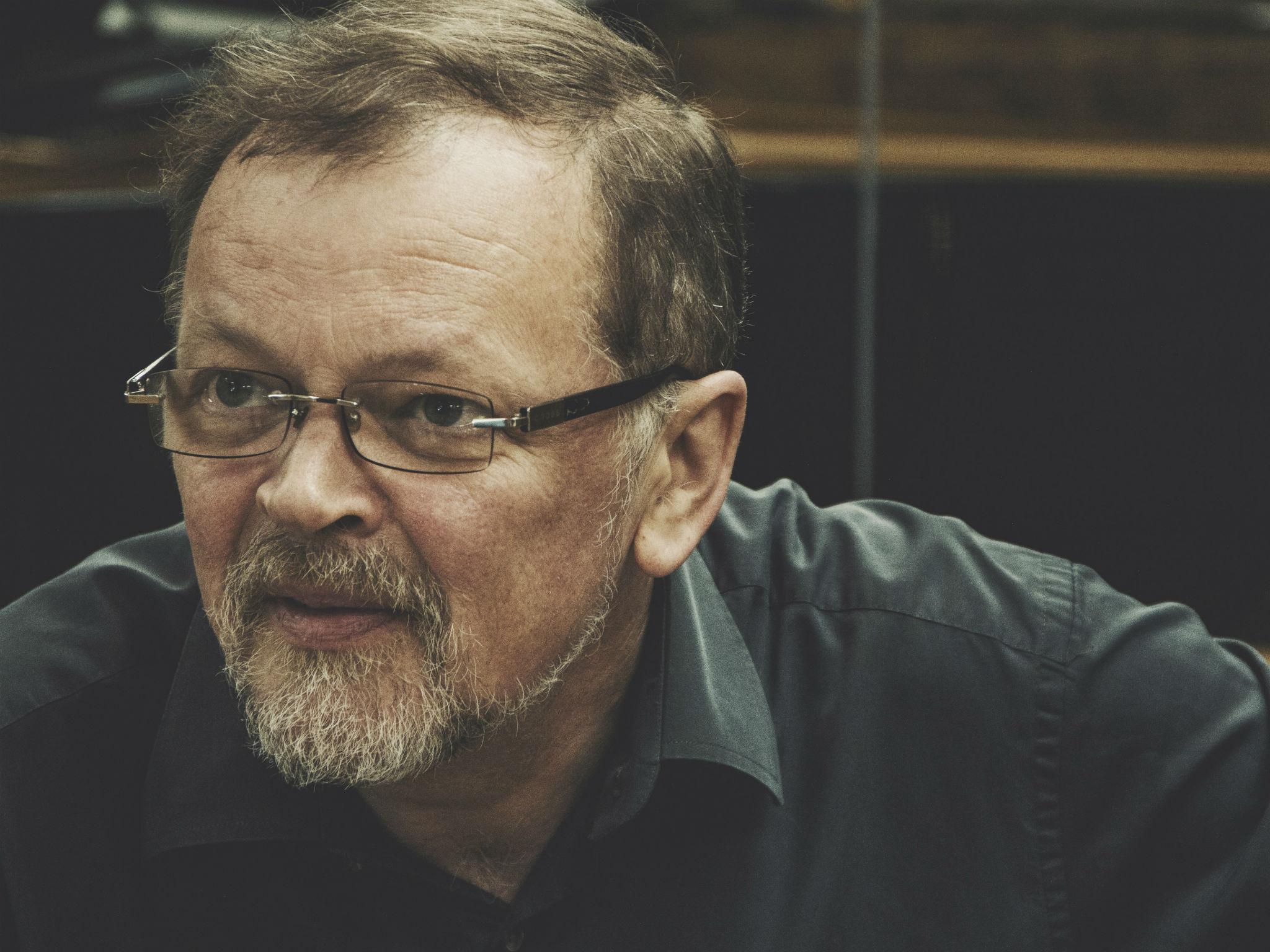Nikolai Demidenko, Wigmore Hall, London, review: Whirling figurations to make the head spin
The Russian pianist performed Scarlatti sonatas with big and almost symphonic sound from his posh hand-built Fazioli piano

Your support helps us to tell the story
From reproductive rights to climate change to Big Tech, The Independent is on the ground when the story is developing. Whether it's investigating the financials of Elon Musk's pro-Trump PAC or producing our latest documentary, 'The A Word', which shines a light on the American women fighting for reproductive rights, we know how important it is to parse out the facts from the messaging.
At such a critical moment in US history, we need reporters on the ground. Your donation allows us to keep sending journalists to speak to both sides of the story.
The Independent is trusted by Americans across the entire political spectrum. And unlike many other quality news outlets, we choose not to lock Americans out of our reporting and analysis with paywalls. We believe quality journalism should be available to everyone, paid for by those who can afford it.
Your support makes all the difference.It’s currently the fashion among young pianists to muck about with Scarlatti sonatas, as though their formal perfection is just too boring. Most of these short works come in two halves, the second putting the ideas of the first into a new perspective and then returning gracefully to where the piece began. The new game is to transpose themes up or down an octave, make startling changes in volume and tempo, and add new interpolations.
I expected Nikolai Demidenko to stick to the score – and he did – but his Scarlatti was still unlike any I have ever heard. This Russian pianist comes from the Soviet school, and his sound was appropriately big throughout, but more important was the scale of his conception. Exploiting all the colours latent in his Fazioli (the Bentley of the piano world), he banished all thoughts of the harpsichord for which these little masterpieces were written, and created instead a canvas which was almost symphonic. On that the paint was lovingly applied: swooningly smooth legatos, staccato outbursts to make you jump, whirling figurations to make the head spin, all delivered with extreme precision. Every bar of this first half of his recital was riveting.
The second half began with three Schubert Moments Musicaux (the introduction to the first of which was uncomfortably mannered) followed by a rarity – Alfred Cortot’s piano arrangement of Franck’s Sonata in A for Violin and Piano. In its original form this work has a fruity charm, but this arrangement only served to point up its flabby repetitiveness. Mercifully, Demidenko’s pellucid Scarlatti encore rinsed our minds clean of such Romantic gunge.
Join our commenting forum
Join thought-provoking conversations, follow other Independent readers and see their replies
Comments